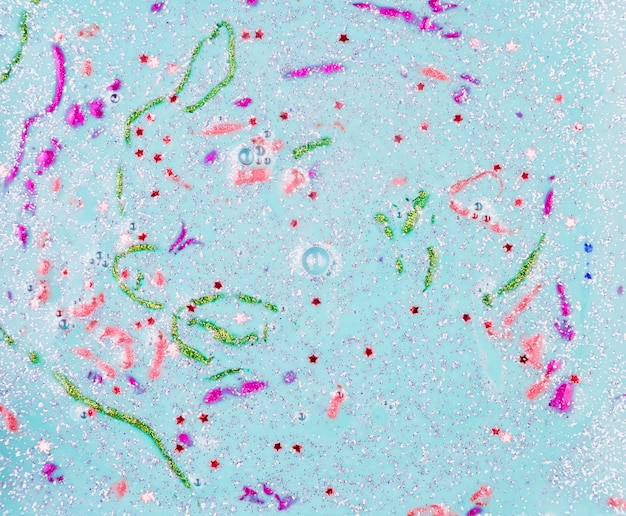"It feels like somebody took gasoline, poured it on my leg, and lit [it] on fire," described Genevieve Gallagher, a 49-year-old woman who found herself in a life-or-death battle with a rare but dangerous marine bacterium: Vibrio.
Her harrowing experience is not just a personal tragedy—it's a stark reminder of the hidden dangers that can lurk in warm coastal waters, especially as climate change alters marine environments and increases human exposure.
Vibrio is a genus of bacteria naturally found in saltwater and brackish environments, particularly in warmer months. Over 80 species exist, but the most commonly reported in human infections include Vibrio vulnificus, Vibrio parahaemolyticus, and Vibrio alginolyticus. These bacteria can enter the body through open wounds or by consuming raw or undercooked shellfish, especially oysters.
While most infections cause mild gastrointestinal symptoms such as diarrhea and vomiting, certain strains—particularly V. vulnificus—can lead to severe, life-threatening conditions, including necrotizing fasciitis, often referred to as a 'flesh-eating' infection.

Vibrio infections typically occur in one of two ways:
In Genevieve’s case, the infection began after a routine beach outing where she likely had a minor cut exposed to seawater. Within hours, she experienced intense pain, swelling, and redness—symptoms that rapidly worsened.
Early signs of a serious Vibrio wound infection include:
What makes Vibrio so dangerous is its speed. The bacteria can multiply rapidly, destroying soft tissue and entering the bloodstream. In severe cases, sepsis and multi-organ failure can develop within 24 to 48 hours. Without prompt medical intervention, the mortality rate for V. vulnificus infections can exceed 50%.

Genevieve was rushed to the hospital, where doctors diagnosed her with a severe Vibrio wound infection. She was immediately started on intravenous antibiotics and underwent emergency surgery to remove dead tissue—a procedure known as debridement.
In the most severe cases, amputation may be necessary to stop the spread of infection. Fortunately, with aggressive treatment, Genevieve survived, though her recovery required weeks of hospitalization, physical therapy, and ongoing wound care.
While anyone can contract Vibrio, certain individuals are at higher risk:
However, even healthy individuals can develop severe infections, especially with increased exposure to warm coastal waters.
While Vibrio infections are rare, they are preventable. Here are key steps to reduce your risk:
Public health experts warn that Vibrio infections are on the rise, partly due to warming ocean temperatures linked to climate change. Studies show that Vibrio thrives in waters above 20°C (68°F), and as sea temperatures increase, the geographic range and seasonal duration of risk are expanding.
Regions that once saw few cases are now reporting infections farther north than ever before, including areas like the Great Lakes and northern Europe.
Genevieve Gallagher’s story is a powerful wake-up call. What began as a simple day at the beach turned into a medical emergency that could have been fatal. Her vivid description of the pain underscores the seriousness of Vibrio infections.
Awareness, prevention, and rapid treatment are critical. As our climate changes and marine ecosystems shift, understanding these emerging health risks becomes more important than ever.
Stay informed, stay cautious, and never ignore sudden, severe pain after water exposure—your life could depend on it.

Health

Health

Health

Health

Health

Fitness

Health

Health